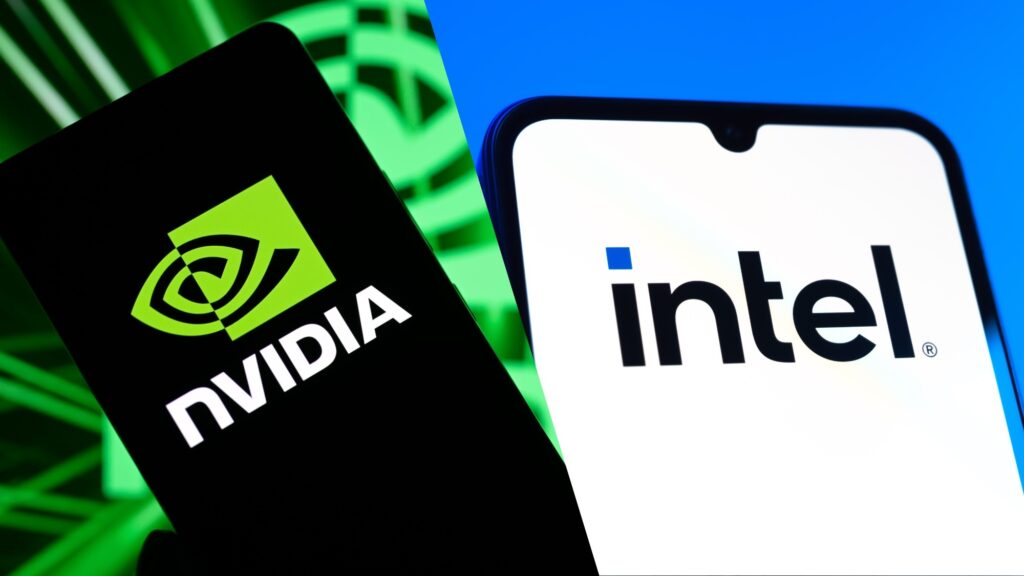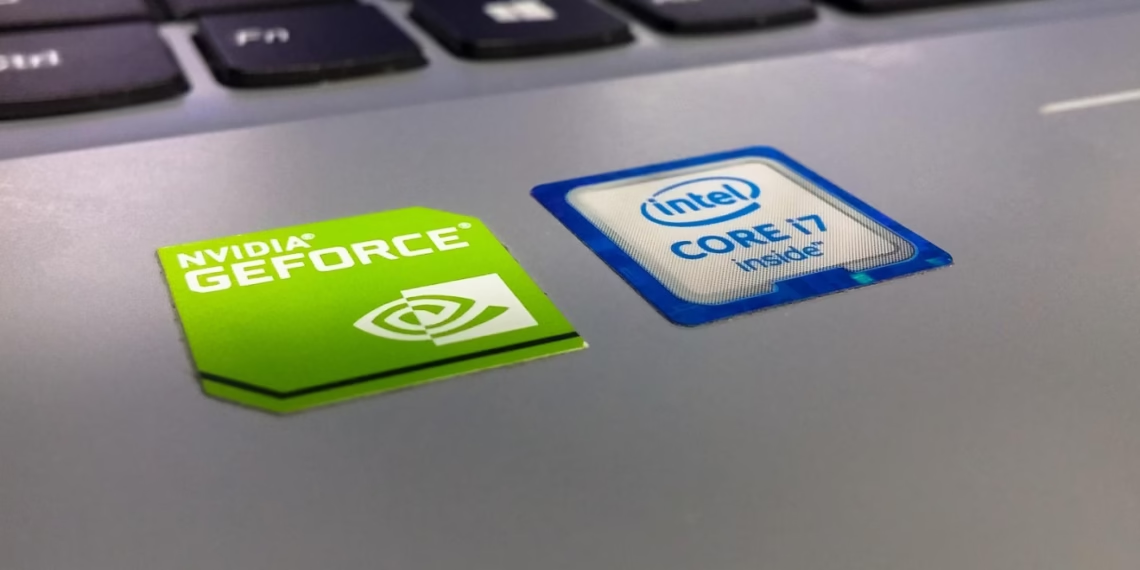Nvidia, the undisputed leader in artificial intelligence chip manufacturing, has shocked the technology and financial world by announcing a $5 billion investment in its long-time rival Intel. The deal, revealed just two days ago, is one of the most surprising partnerships the semiconductor industry has seen in years. It provides Intel with a much-needed lifeline while also signaling a strategic recalibration for Nvidia as it seeks to secure its role at the very center of the AI revolution. This is not just about money changing hands—it is about reshaping global power in chips, securing America’s technological edge, and responding to geopolitical pressures.
Intel was once the undisputed titan of Silicon Valley. Its chips powered the personal computer revolution, and its “Intel Inside” sticker became a household symbol of trust and innovation. But over the past two decades, Intel has steadily lost its dominance. The company faced delays in manufacturing advancements while rivals like Taiwan Semiconductor Manufacturing Company (TSMC) and Samsung raced ahead. More importantly, Intel failed to capture the explosion of AI opportunities, while Nvidia surged with its graphics processing units that turned out to be perfect for training machine learning models and powering large-scale data tasks. The result is a stark contrast: Intel’s market value has stagnated at around $100 billion, while Nvidia has soared past an astonishing $4 trillion.
Nvidia, in contrast, has become the defining company of the AI era. Its GPUs, once focused on gaming, are now the backbone of generative AI, autonomous systems, and large language models. This meteoric rise has made Nvidia not just the most valuable chipmaker but one of the most valuable companies in the world. But such dominance brings challenges. Nvidia relies heavily on TSMC in Taiwan for its chip production. In a world where Taiwan is a geopolitical flashpoint, that reliance is a vulnerability. By investing in Intel, Nvidia is diversifying its supply chain and strengthening America’s domestic chipmaking base.
The significance of Nvidia’s investment goes far beyond financials. For Intel, it is a lifeline. Just weeks ago, the Trump administration announced that the US government would take a 10% stake in Intel to safeguard the nation’s semiconductor future. The White House called it a historic agreement to secure America’s technological edge. Nvidia’s endorsement further strengthens Intel’s position. For Nvidia, the move spreads risk away from Taiwan and aligns with Washington’s strategy to reinforce US chip production. For both companies, the partnership is framed as a “fusion of two world-class platforms,” with plans to work together on personal computer and data center chips that are in soaring demand thanks to the AI boom.

The financial markets reacted instantly. Intel’s stock price skyrocketed more than 25% on news of the deal, signaling renewed investor confidence in a company many had written off as a relic of the past. Nvidia’s stock also rose, by about 3%, showing that shareholders view the partnership as a mutually beneficial step. It is rare for a market leader to invest in a rival, but in this case, the strategy makes sense. Nvidia is safeguarding its own ecosystem while helping secure a more resilient supply chain.
The geopolitical angle is critical. Semiconductors are no longer just a business—they are the backbone of national power. The United States views Intel as one of its few vital domestic chipmakers, and keeping it competitive is seen as essential for national security. Commerce Secretary Howard Lutnick praised the government’s own investment as historic, and Nvidia’s $5 billion move fits neatly into this larger strategy. By aligning itself with Washington’s priorities, Nvidia is reinforcing its role as an American champion in the global chip war.
The China factor cannot be ignored. China has been pushing aggressively to develop its own domestic semiconductor industry and reduce reliance on American technology. Meanwhile, US restrictions on chip exports have hurt Nvidia’s business in China. Reports that Beijing ordered its top firms to halt purchases of Nvidia’s AI chips only deepen those challenges. Jensen Huang, Nvidia’s CEO, openly expressed disappointment at these developments. The Intel investment, therefore, also serves as a hedge against growing risks in the Chinese market by strengthening ties at home.
Still, the deal comes with risks. Intel’s struggles are deep, and turning the company around will not be easy. Analysts point out that Nvidia’s investment does not include Intel’s contract manufacturing business, the very segment where Intel needs the most help. Cultural differences between two longtime rivals could also complicate cooperation. Meanwhile, competitors like AMD, TSMC, and Samsung are unlikely to sit idle; the partnership may trigger counter-strategies and intensify global competition.
For the semiconductor industry, the deal is a seismic event. It raises the prospect of stronger competition in AI chips, reinforces the United States’ push to rebuild domestic manufacturing, and may accelerate supply chain shifts around the world. Other countries—especially China, Taiwan, and South Korea—are likely to double down on their own efforts to achieve semiconductor independence.
At its core, this investment is about the future of computing. Jensen Huang described the deal as laying the foundation for the next era of technology. That statement may sound grand, but it reflects reality. AI is no longer just a tool; it is becoming infrastructure. Whoever controls the chips controls the digital future. Intel gains relevance, Nvidia gains resilience, and the United States strengthens its hand in the global tech race.
Nvidia’s $5 billion stake in Intel is more than an infusion of capital. It is a symbol of shifting power dynamics in the semiconductor industry, a survival move for Intel, and a diversification strategy for Nvidia. It may not solve all of Intel’s challenges, nor guarantee Nvidia an easy ride, but it is a bold attempt to rewrite the future. From Wall Street to Washington, and from Silicon Valley to Shenzhen, the world is watching closely.
















